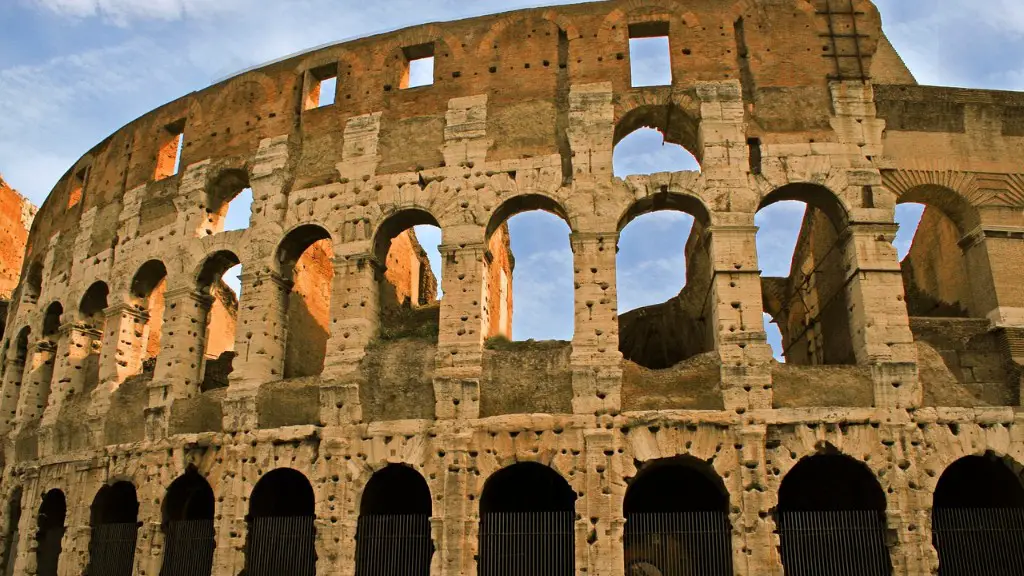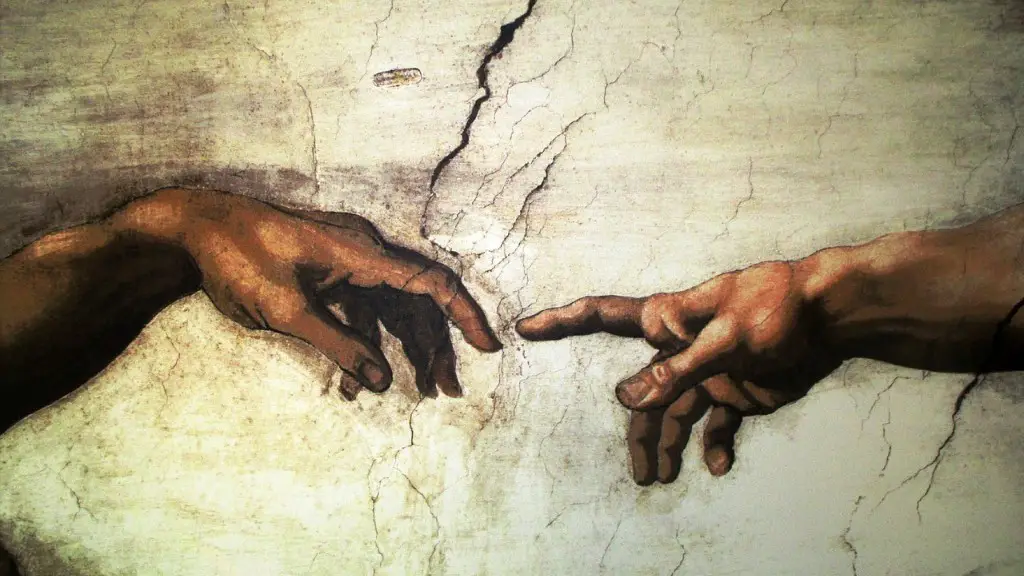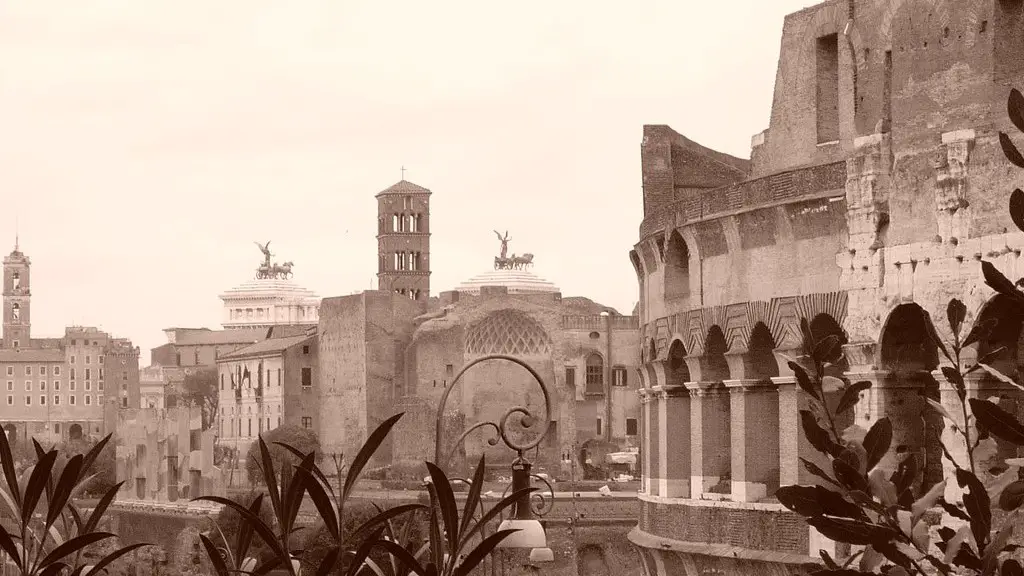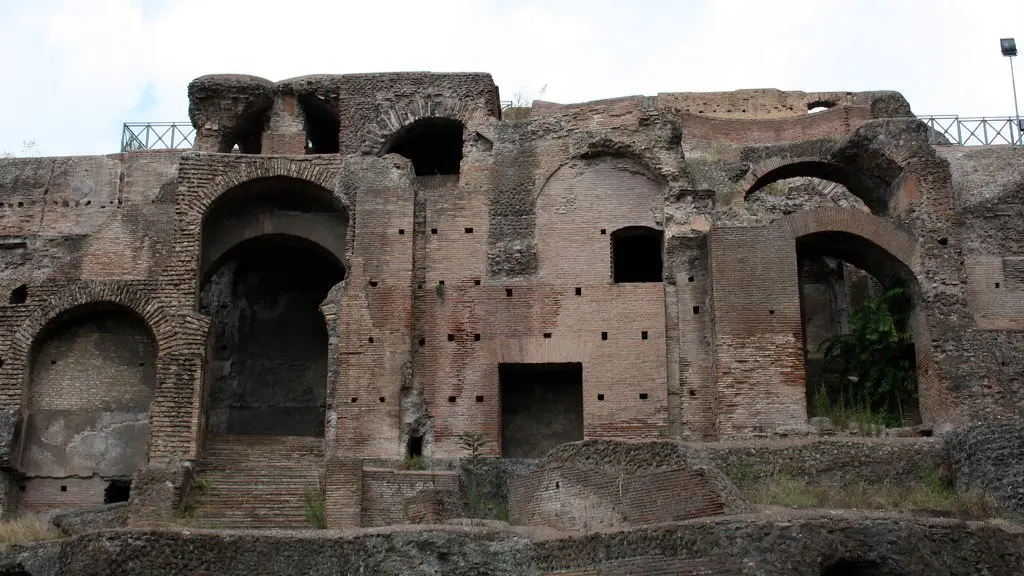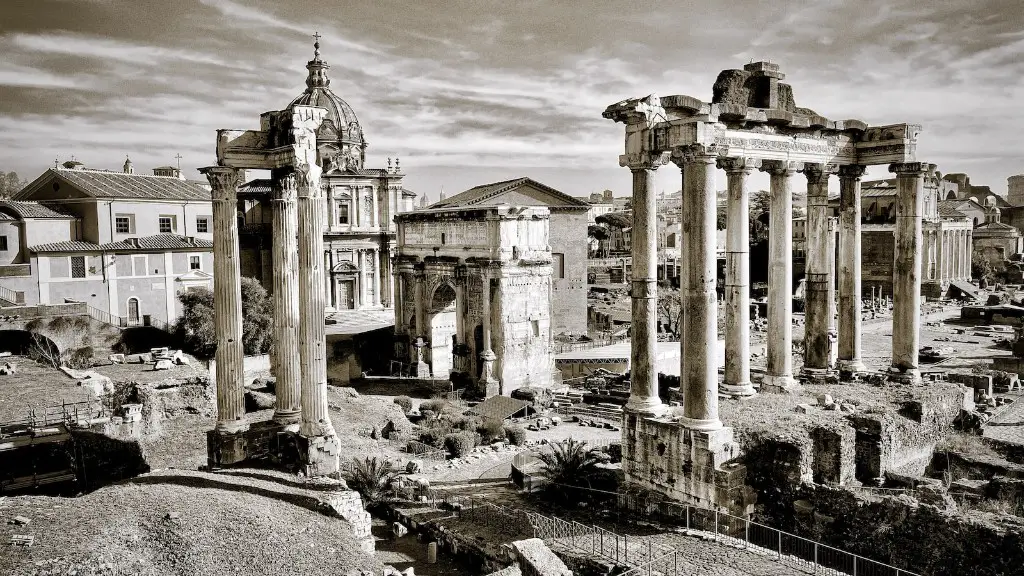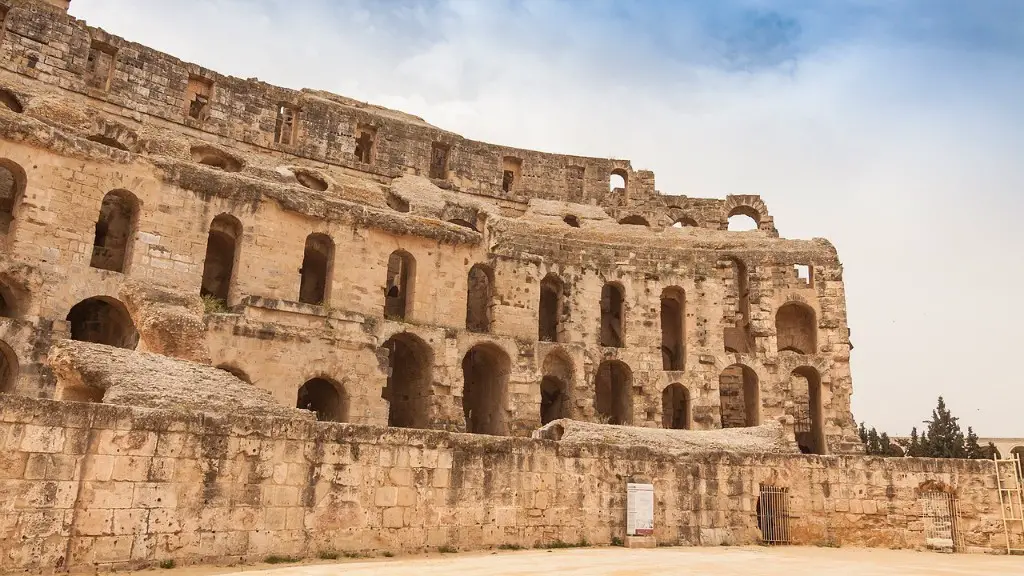India was a very mysterious place to the ancient Romans. It was a land of strange animals, unfamiliar people, and bizarre customs. Nevertheless, the ancient Romans were fascinated by India and its mysterious ways. They thought of it as a land of great wealth and opportunity.
The ancient Romans thought of India as a place of great mystery and exoticism. India was often portrayed as a land of wealth and opulence, with its many spices and jewels. In addition, the Romans also thought of India as a land of danger and violence, with its tigers and elephants.
How did the Romans view India?
India was never conquered by the Romans, but it did play an important role in the Roman imagination. This was often through traditions that were defined and demarcated in the Hellenistic era (and before).
Roman trade with India is documented by numerous finds of Roman coins along the Indian coast and by other objects along the overland routes. For the Romans, spices may well have been even more important than silk, and the major source of the spices was South and Southeast Asia. Indian spices such as pepper, ginger, cloves, and cardamom were highly prized in the Roman Empire, and were used to flavor food, as well as for medicinal purposes. Roman trade with India was a key factor in the economic and cultural exchange between the two civilizations.
What did the ancient Romans call India
The name “Sindhu” is the ancient name for the Indus River. In Latin, the river was known as the “Indus,” and later in Roman, it became “India.” This name was used by the British as well.
The maritime routes used by the Romans also extended to the South Western coast of the Indian subcontinent. Here, their influence is well documented through archaeological remains and historical records. However, less is known about their activities in the South-Eastern coasts. This is likely due to the lack of reliable documentation and archaeological evidence. Nevertheless, it is clear that the Romans had a significant impact in this region as well.
Why didn’t Rome conquer India?
The Romans were a primarily a Mediterranean power because they never reached India. Their entire economy was dependent upon the control of the Mediterranean sea.
The Greeks noted that there was no slavery in that part of India that they saw. They said that “This is a great thing in India, that all inhabitants are free, not a single Indian being a slave.” They also mentioned that “The Indians marry, neither giving nor receiving dowry.”
What did the Greeks call India?
Herodotus was a Greek geographer who lived in the 5th century BC. He was one of the first historians to write about India, and he described it as a land of great beauty and variety. He called it ἡ Ἰνδική χώρη (hē Hindikē chōrē), after Hinduš, the Old Persian name of the Indus river and its inhabitants, the associated satrapy of Sindh in the Achaemenid Empire. Herodotus was impressed by the Indians’ love of learning, and he noted that they were a peaceful and hospitable people. He also described their religion, which he saw as a mix of superstition and common sense.
The Indian community in Italy is one of the largest and most well-established migrant communities in the country. According to recent estimates, there are around one hundred thousand Indian nationals living in Italy, with the majority concentrated in the central and northern regions, particularly in the cities of Rome and Milan.
The Indian community in Italy has a long history, with the first migrants arriving in the late 19th century. Since then, the community has grown steadily, and today Indian nationals are an important part of the Italian social and economic fabric. Indian businesses, cultural associations, and religious organizations are active across the country, and Indians have made significant contributions to a range of different fields, from cuisine to music to fashion.
In recent years, the Indian community in Italy has come under pressure from a number of different directions. The economic recession has hit hard, with many Indian-owned businesses affected. In addition, the rise of anti-immigration sentiment in Italy has led to increased incidents of racism and xenophobia directed towards Indians and other migrant communities.
Despite the challenges, the Indian community in Italy remains strong and cohesive. Indians continue to play a vital role in the country’s economy and society, and are an important part of the fabric of Italian life.
Who came India first in ancient history
The Aryans were the first group to invade India, arriving from the north in around 1500 BC. They brought with them strong cultural traditions that have miraculously remained in force to this day. The Aryans spoke and wrote in Sanskrit, which was later used to document the Vedas.
Jambudvīpa was the ancient name for India used in scriptures. The name Jambu-dvīpa was derived from the word “jambu”, meaning “berry”, and referring to the fact that the Indian subcontinent is shaped like a jambul fruit. The name Jambudvīpa was used in ancient times by many Southeast Asian countries before the English word “India” was introduced.
What was India originally called?
It is interesting to note that the name “Bharat” is the original name of the country that is now known as “India”. The name “India” is actually a derivative of the name “Sindhu”, which is the name of the river that flows through the country. The invaders of Bharat who came up to the river Sindhu somehow managed to pronounce Sindhu as Hindu, and then Indus. And finally, India is stuck on us for centuries now.
The term Rūm originated in the word Roman, and during the time of the Islamic prophet Muhammad, it referred to the Eastern Roman Empire; the title is also sometimes translated as “The Greeks” or “The Byzantines”. Ar-Rum is the thirty-first surah of the Quran. It has 60 verses. The surah takes its name from the second word of the first verse.
Which city is called Rome of India
No matter where you stand in Mangalore, you’re never too far away from the ocean. The city is known for its unique blend of cultures and its stunning natural scenery. From the beautiful temples to the idyllic beaches, there’s something for everyone in Mangalore.
The Romans knew of the existence of China and called it Serica or Sinae. The Chinese themselves were called Seres.
Which Roman Empire had a dream to conquer India?
The empire of Trajan’s dream was a conquest of India. The History – Theme 3 An Empire Across Three Continents – 11536113 | Meritnationcom is a great source of information on this empire.
India’s military is in need of modernization and reform. It is antiquated in organization and manpower-heavy. The government has been spending all its military budget on personnel, leaving very little for modernization or for hardware. This is not sustainable in the long term. The military needs to be restructured and modernized in order to be effective in the 21st century.
Who invaded India first
Alexander the Great was the First to Invade India in 327 BC. He defeated Seleucus Nikator, the most powerful Greek ruler of his time and soon became a mighty power in all of Asia. His army marched through the Khyber Pass and conquered all the way to the Punjab region. There he met with the local ruler, Porus, and fought a fierce battle at the Hydaspes River. After defeating Porus, Alexander continued his march eastward, eventually reaching the Ganges River. Here his army refused to go any further, and so Alexander turned back and began his long journey home. His campaign in India was one of the most successful in his entire career, and it firmly established his place in history as one of the greatest military commanders of all time.
The Persian king Darius was the first foreigner to invade India in 518 BC. He (=Darius) invaded the Punjab region, which was part of the Achaemenid Persian Empire. The main reason for the invasion was to punish the revolting province of Gandhara, which had supported a rebellion against Darius in 522 BC. Darius’s army defeated the rebels and captured their leader, a man named Skunkha. Skunkha was brought back to Persia and executed.
Conclusion
The ancient Romans were fascinated by India and its culture. They thought of India as a land of great wealth and mystery. They were also impressed by the Hindus’ spirituality and by their belief in reincarnation.
Based on the available evidence, it appears that the ancient Romans had a largely negative view of India. They saw it as a backward and primitive country, full of strange customs and beliefs. They also considered the Indians to be a cowardly and dishonest people.
